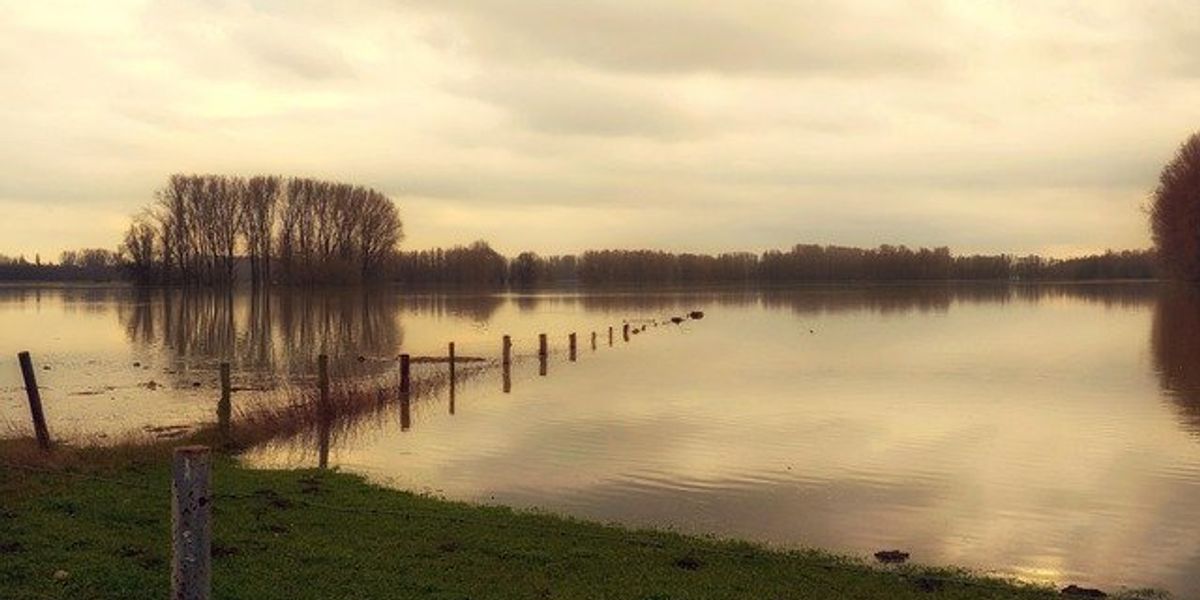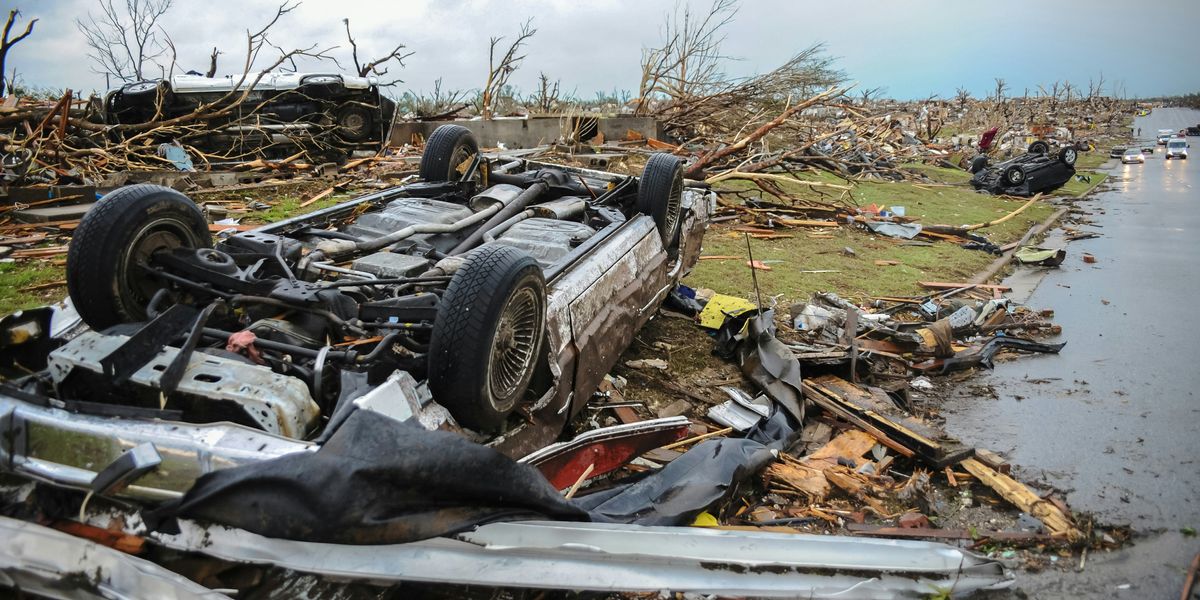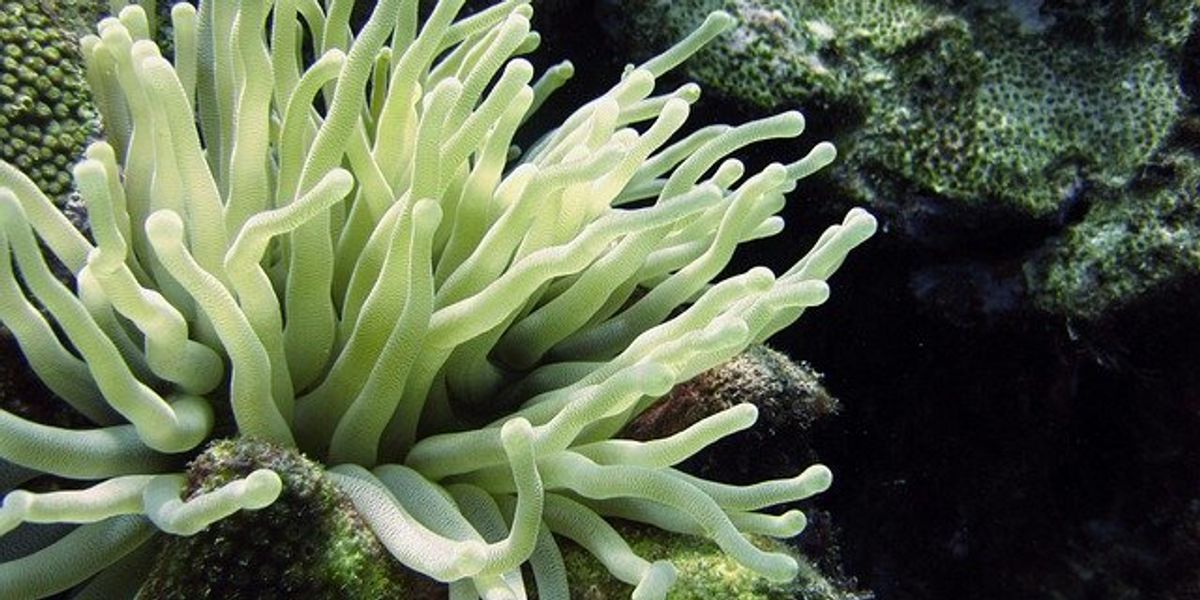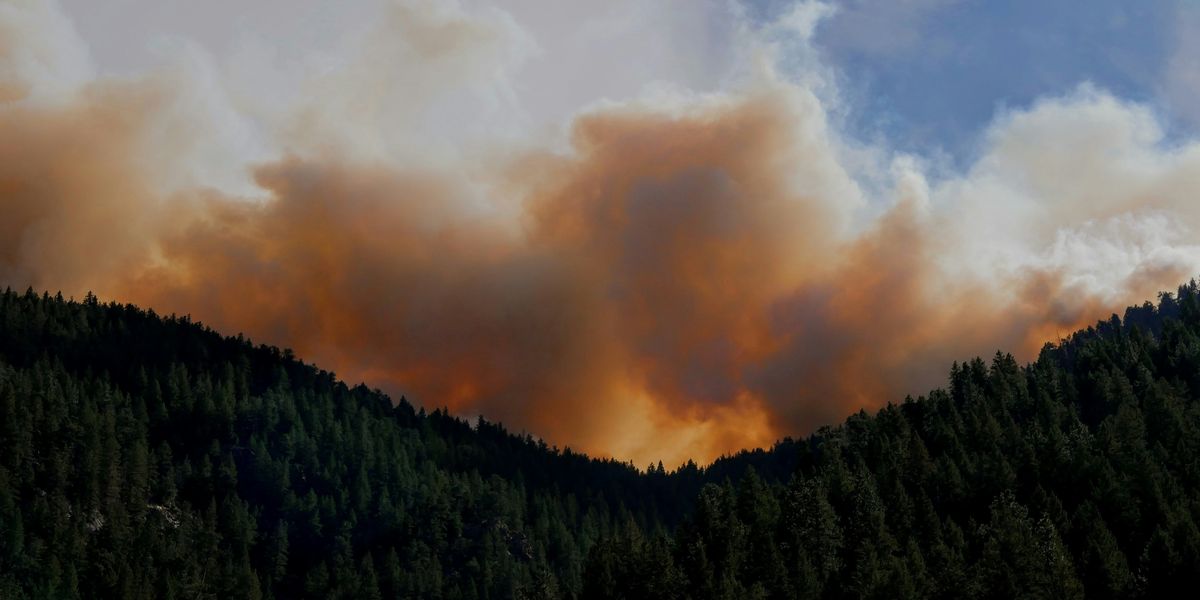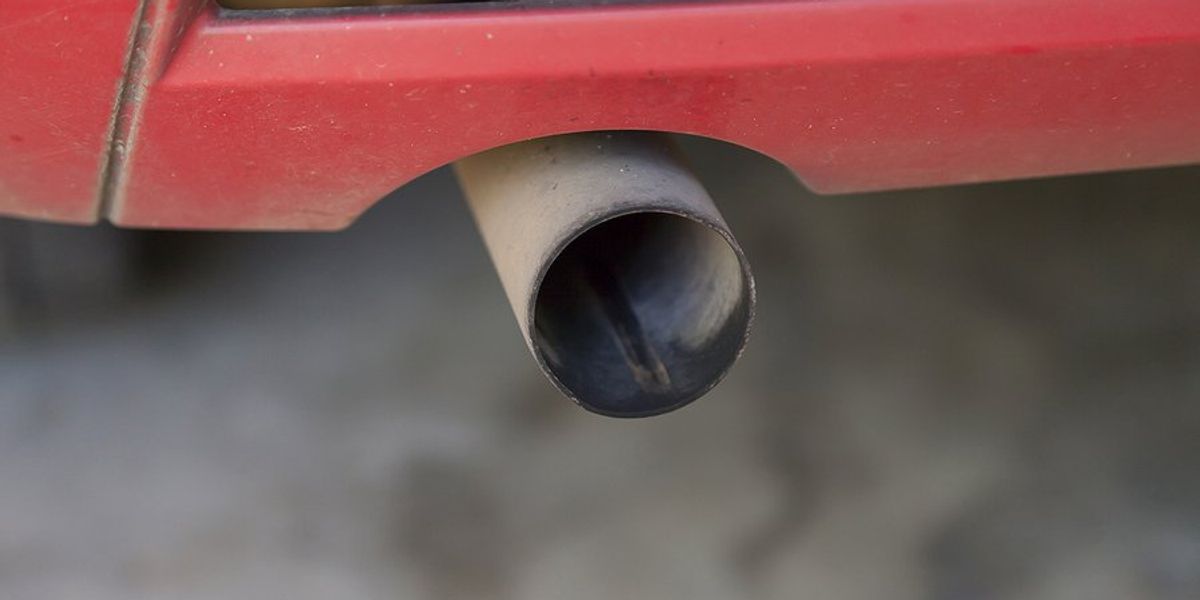gases
Countries have successfully reduced harmful atmospheric gases
Researchers have detected a significant decrease in hydrochlorofluorocarbons in the atmosphere, marking progress in global efforts to protect the ozone layer and mitigate climate change.
In short:
- Atmospheric levels of hydrochlorofluorocarbons (HCFCs), harmful gases from air conditioning and refrigeration, have significantly dropped since peaking in 2021.
- The decline follows the 1987 Montreal Protocol, which phased out ozone-depleting substances like HCFCs.
- Researchers expect HCFC levels to return to 1980 levels by 2080, highlighting the success of international cooperation.
Key quote:
“This milestone is a testament to the power of international cooperation.”
— Avipsa Mahapatra, director of the Environmental Investigation Agency’s climate campaign
Why this matters:
Reducing HCFCs shows that coordinated global policies can effectively tackle environmental issues. This success offers hope and a model for addressing climate change challenges, which are crucial as greenhouse gas emissions continue to rise.
A loophole in the Montreal Protocol lets U.S. facilities pollute
As the US exports more gas, Louisiana communities pay the price
The U.S. is now the world's top exporter of liquefied natural gas. Towns in southern Louisiana are paying the price, write Lylla Younes and Jake Bittle in Grist.
In a nutshell:
A rush in global demand for natural gas has led to the construction of liquefaction terminals along the Gulf Coast, enabling American fossil fuel exports. Venture Global is one such company, building a terminal in Plaquemines Parish, Louisiana with another underway in Cameron Parish. While this expansion is transforming the energy landscape, it has consequences for local residents, who face air pollution from flares and leaks, as well as increased risk of accidents and explosions.
Key quote:
"It's not just that each of these facilities is like a giant death star on sinking land, it's that there's so many of them," said Elizabeth Calderon, a senior attorney at the environmental nonprofit Earthjustice who has worked on cases challenging LNG terminals in south Louisiana. "This is how sacrifice zones are created."
The big picture:
Liquefaction facilities have a history of leaks and explosions, and the process involves the use of toxic chemicals that can be harmful to human health. The Louisiana terminals are built on eroding swamplands, leading to greater risk of catastrophic accidents during storms and hurricanes, putting nearby communities in the blast zone.
Read the article at Grist.
For additional context, EHN's Angela Marie Hutchinson wrote a piece aiming to amplify the voices of fenceline communities fighting toxic pollution, like those in the Gulf Coast.
States struggle to plug oil wells with infrastructure law cash
E&E News reporter Shelby Wells writes about the thousands of abandoned oil and gas wells across the country that pose environmental and health risks as they remain open and unused, emitting toxic chemicals and gases into the air and groundwater.
In a nutshell:
The estimated 800,000 orphaned wells in the US contribute to methane emissions and pose a threat to local ecosystems. Although the bipartisan infrastructure law allocated $4.7 billion for plugging these wells, states are facing challenges in finding enough crews, dealing with rising costs, and developing methods to locate and prioritize the wells. The new federal funding has sparked concerns about its effectiveness and whether it will adequately address the problem.
Key quote:
“Bidenomics and President Biden’s Investing in America agenda are enabling us to confront long-standing environmental injustices by making a historic investment to plug orphaned wells throughout the country,” Interior Secretary Deb Haaland said in a statement.
The big picture:
Abandoned oil and gas wells pose significant health risks to both the environment and nearby communities. These wells can leak toxic chemicals and gases into the air and groundwater, potentially contaminating drinking water sources and leading to respiratory issues and other health problems for local residents. Methane emissions from these wells also contribute to climate change and exacerbate air pollution, further impacting public health. The presence of abandoned wells underscores the importance of proper well-plugging and remediation efforts to safeguard the well-being of communities and mitigate environmental hazards associated with the oil and gas industry.
Read the article at E&E News.
Abandoned oil wells are a problem in the ocean as well as on land. Hannah Seo wrote about tens of thousands of abandoned oil and gas wells in The Gulf of Mexico. Meanwhile, toothless regulation leaves climate warming gas emissions unchecked.
Carbon dioxide is growing at near-record rate, NOAA reports
Despite rising awareness about global climate change and its devastating impacts, carbon dioxide levels keep treading in the wrong direction.
Councilperson calls for change as Suncor keeps violating rules
When Colorado's largest polluter spewed gases into the air this weekend, the state warned people to stay inside. That kind of warning is rare, but the Suncor refinery in Commerce City emitting gases that could make people sick isn't.
Mystery emissions of ozone-damaging gases are fuelling climate change
It's not just carbon dioxide that causes climate change. Chlorofluorocarbons, or CFCs, are a group of chemicals that were widely banned because of their effects on the ozone layer. Unknown sources are emitting more of these compounds, which are also powerful greenhouse gases.












